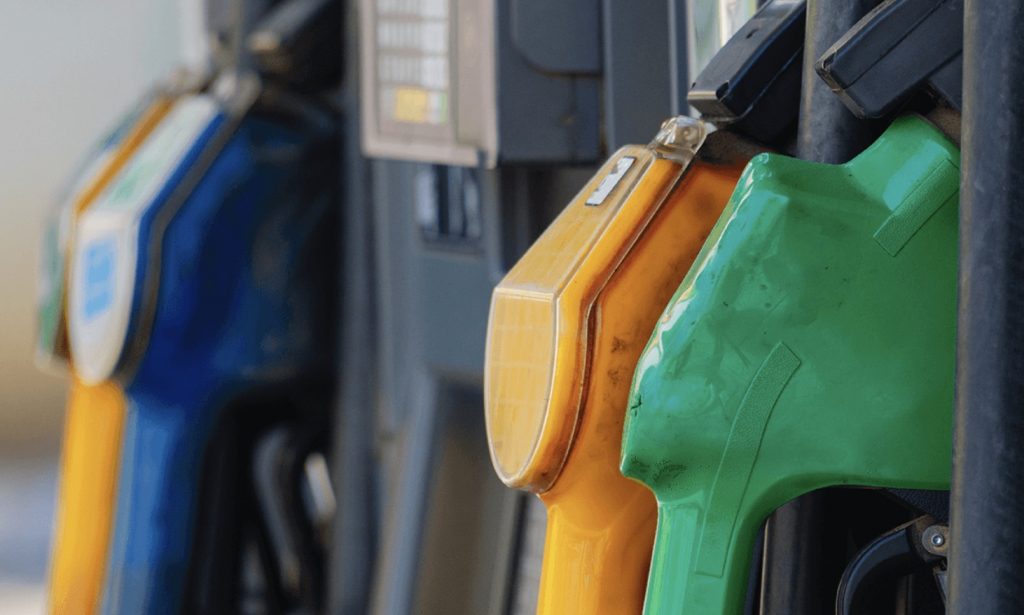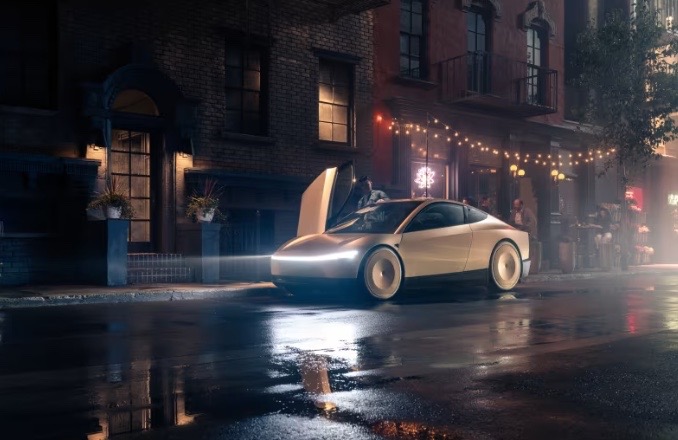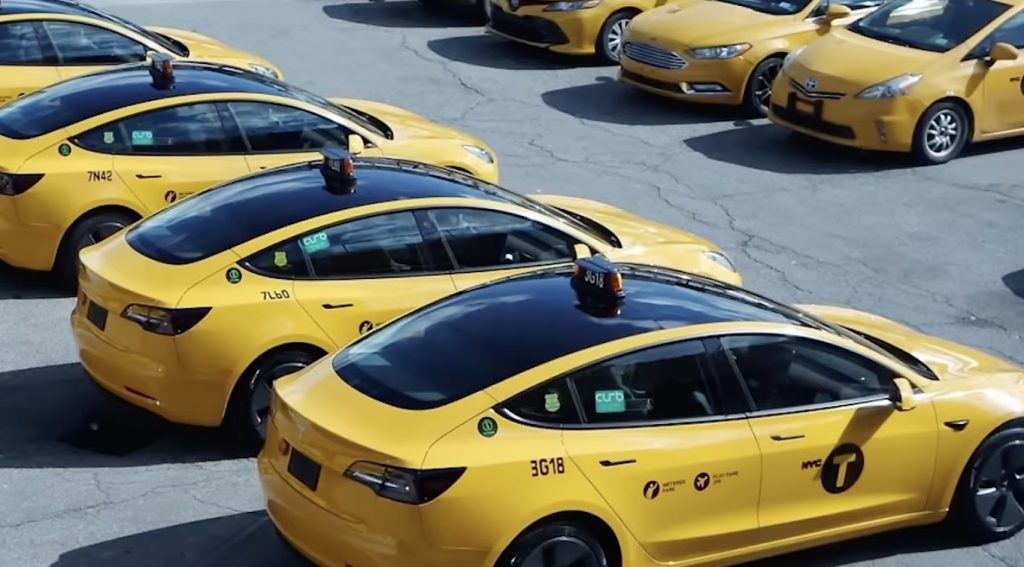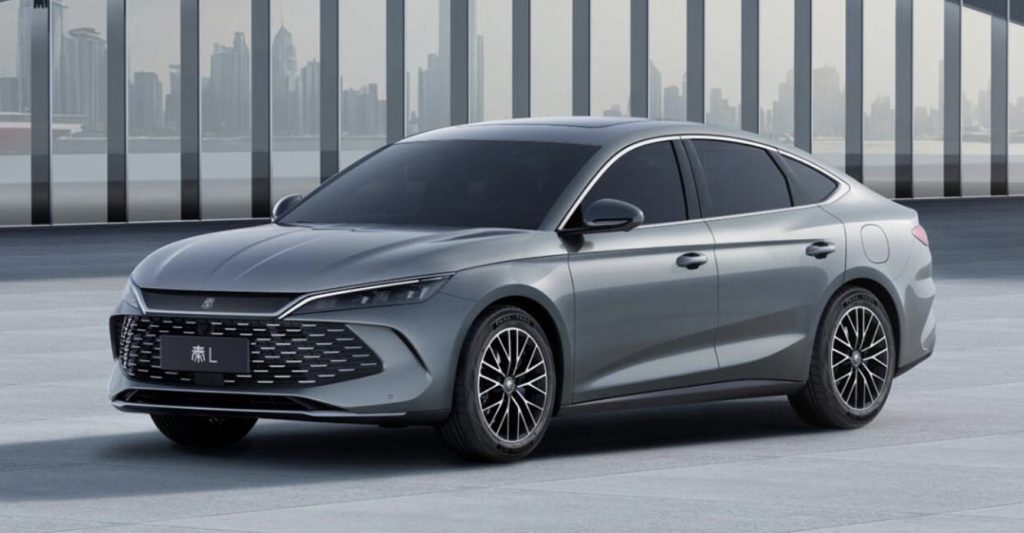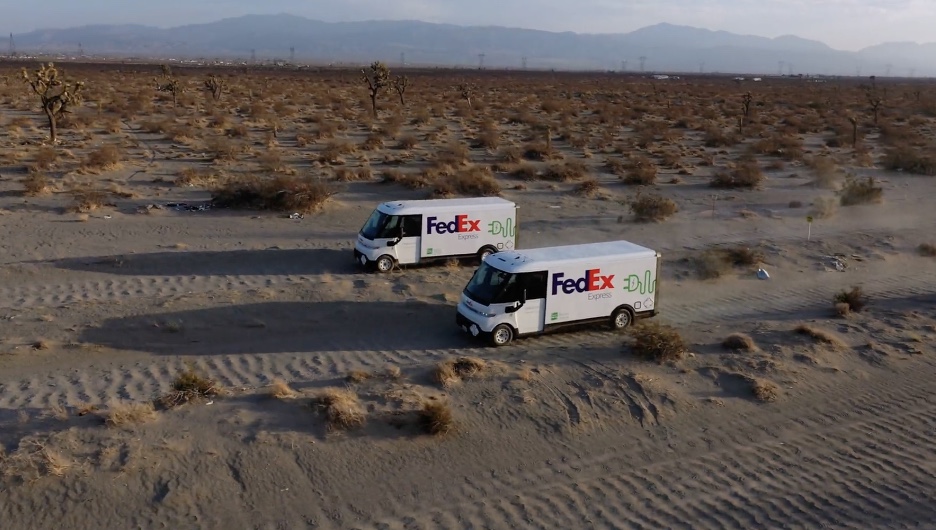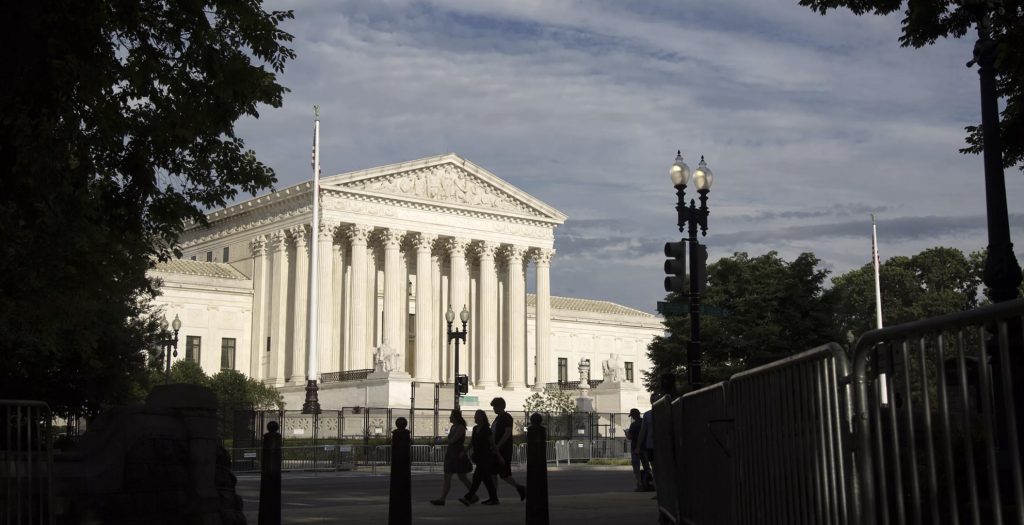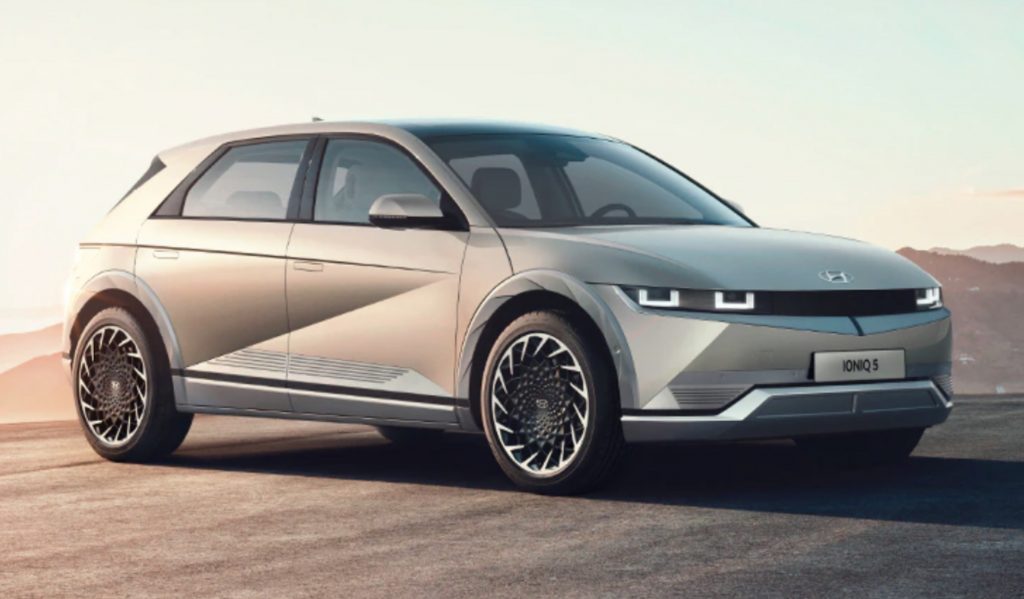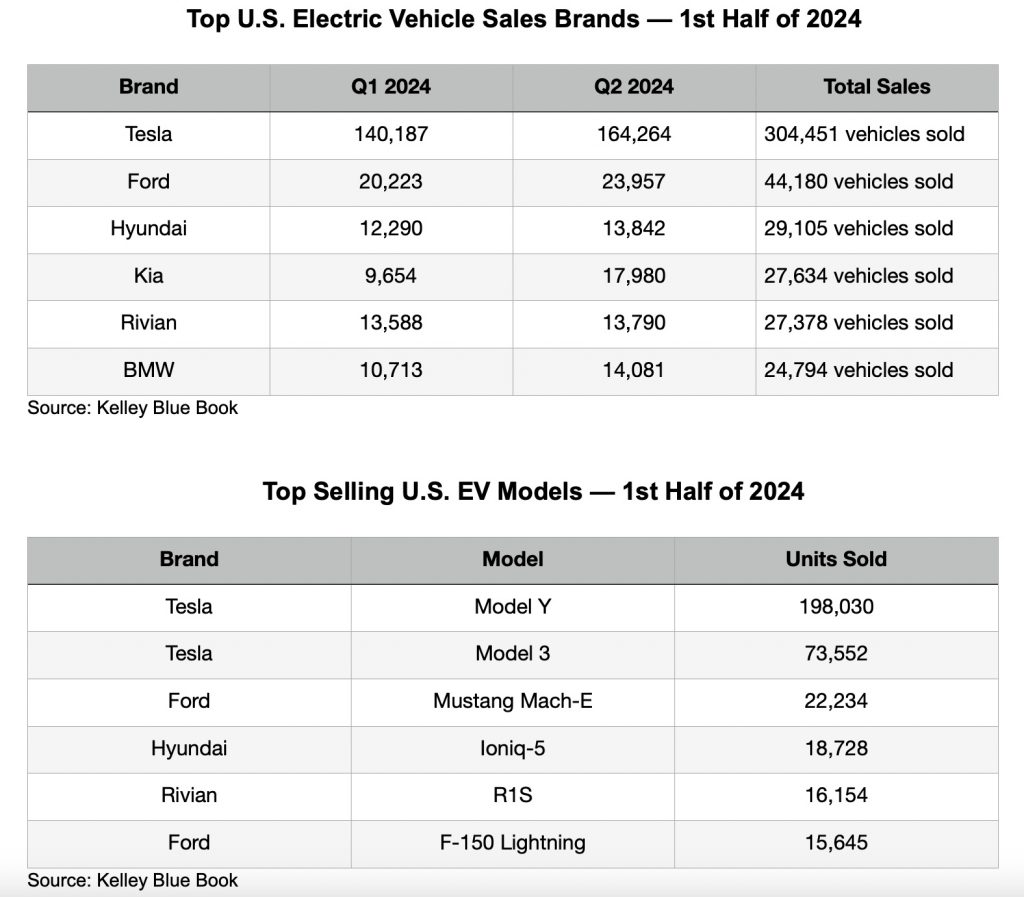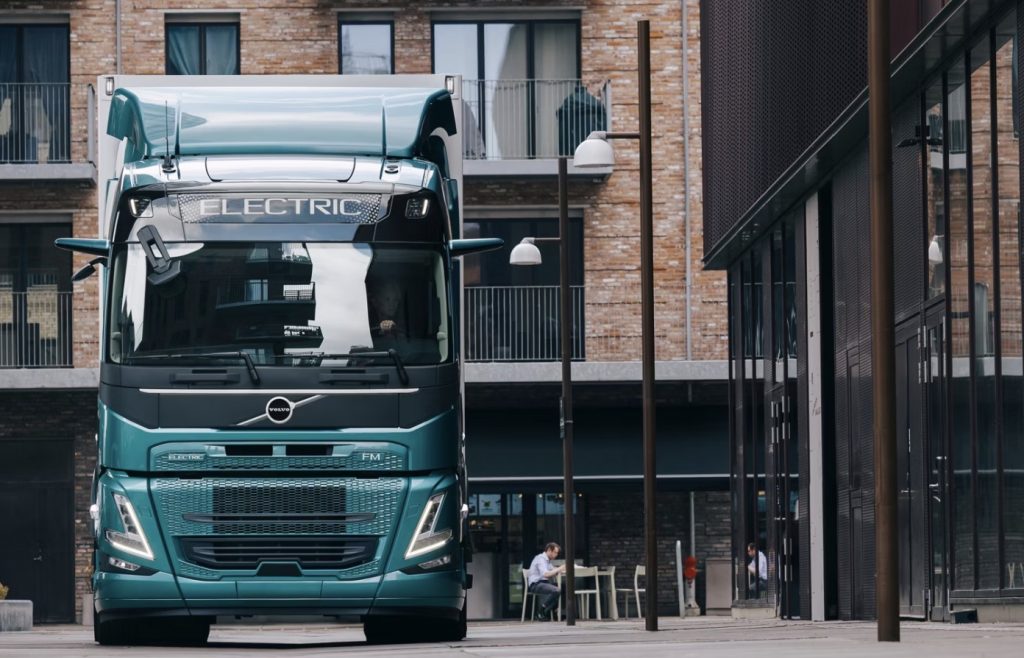
While 2021 and 2022 were hit by supply-chain disruptions, S&P Global Mobility sees the U.S.’s medium and heavy commercial vehicle sector poised for recovery and growth in 2024 and 2025. Last year was transitional, with that market seeing 14% growth for a total of 1.6 million commercial vehicles registered in 2023. It reached pre-pandemic levels with 2023 being just 196,000 units shy of 2019 registrations. Much of that came from resurgence in the rental and leasing industry in 2023. Class 2 vehicles saw a 21% increase in registrations coming from continued growth in construction and last-mile delivery vehicles, with increases in pickup and cargo van registrations.
Alternative fuel vehicles, and electric and hybrid powertrains are seeing more fleet interest in light-duty commercial vehicles, and compressed natural gas (CNG) and electric are becoming more popular alternative options for heavy-duty commercial vehicles, says S&P Global Mobility. Fleets such as Amazon, Walmart, Penske, and FedEx, are bringing in electric cargo vans for last-mile delivery applications. There were more than 14,000 EV cargo vans registered in 2023, with much growth coming from Rivian. Hybrid pickup trucks have become a viable alternative to EV pickups for fleets due to price and availability. Construction fleets are appreciating the Ford Maverick hybrid. Electric pickup launches expected from Chevrolet and Ram should contribute to the EV and electrified vehicle sales boom, the consulting firm says.
Compressed natural gas (CNG) and electric powertrains in heavy-duty vehicles (GVW 6-8) accounted for 6,800 registrations in 2023. CNG is becoming a popular option for the sanitation and refuse industry, with offerings from Peterbilt, Autocar, and Mack. General freight short-haul tractor trucks have been the primary adopters of EV for heavy-duty with launches from Freightliner, Volvo, BYD, Orange EV, and Nikola leading the way.
Renewable natural gas (RNG) heavy-duty trucks are reaching diesel-like performance for many fleets, according to a September report from FreightWaves. Rulemaking this year by the U.S. Environmental Protection Agency (EPA) on Phase 3 emissions mandates stronger standards in reducing greenhouse gas emissions. Part of the Phase 3 final rulemaking requires a greater total percentage of certain fleet segments to be made up of zero-emissions vehicles. Trucks equipped with the Cummins’ X15N engine are set to meet stringent EPA and California Air Resources Board (CARB) regulations for model years 2024 and 2027, according to FreightWaves.
Largest landfill-gas-to-RNG plant: Republic Services and Ameresco unveiled the opening of California’s largest landfill-gas-to-RNG plant at the Keller Canyon Landfill in Pittsburg, Calif., on Oct. 2. The renewable natural gas (RNG) plant builds on the companies’ existing partnership at the site. The site will provide power to the RNG refining plant, which can process up to 4,500 standard cubic feet per minute. It will feed the gas into Pacific Gas & Electric Co.’s natural gas grid. Ameresco began treating biogas at wastewater treatment plants in 2008 before expanding both the feedstocks the company will process and the products it can produce, including RNG. Today, more than 90% of the facilities it processes gas from are landfills.
CARB wants input on EV window sticker: The California Air Resources Board (CARB) wants input on a new California Vehicle Window Sticker. Survey participants can take this link to better refine what ends up on these window stickers — to provide even better information to future EV shoppers.
ZEV Ride & Drive: California Air Resources Board (CARB) and CALSTART are hosting a Zero-Emissions Showcase + Ride & Drive featuring medium- and heavy-duty trucks (Class 2b-8), heavy-duty off-road equipment, school and transit buses, and commercial vans. It presents an opportunity to get behind the wheel of these vehicles and learn about funding programs to help purchase zero-emissions technology. It will be held on Wed., Nov. 13, 2024, from 9:00 am to 3:00 pm PT in Pomona, Calif. Click here for more details and registration.
Nearly $45B for EV battery recycling: The U.S. Department of Energy (DOE) just announced $44.8 million in funding from the Bipartisan Infrastructure Law (BIL) for eight projects that will lower costs of recycling electric drive vehicle batteries and electric drive vehicle battery components, with the long-term aim of lowering vehicle costs. The demand for EVs and stationary storage is projected to increase the size of the lithium battery market five-to ten-fold by the end of the decade, making U.S investments to accelerate the development of a resilient domestic supply chain for high-capacity batteries essential.
Tesla wins patent: Tesla was just awarded a patent for creating a system and method for adapting a neural network model on a hardware platform. From the patent application that was filed in March 2023, it says that the method includes obtaining neural network model information comprising decision points associated with a neural network, with one or more first decision points being associated with a layout of the neural network. It was also noted that machine learning applications may often be desirable to implement and/or configure neural networks on previously unimplemented platforms. Patent research firm SETI Park speculated on social media site X that the patent could be related to implementing FSD (full self-driving) on other brands. The automaker has not yet released any specific information on licensing its FSD technology.




